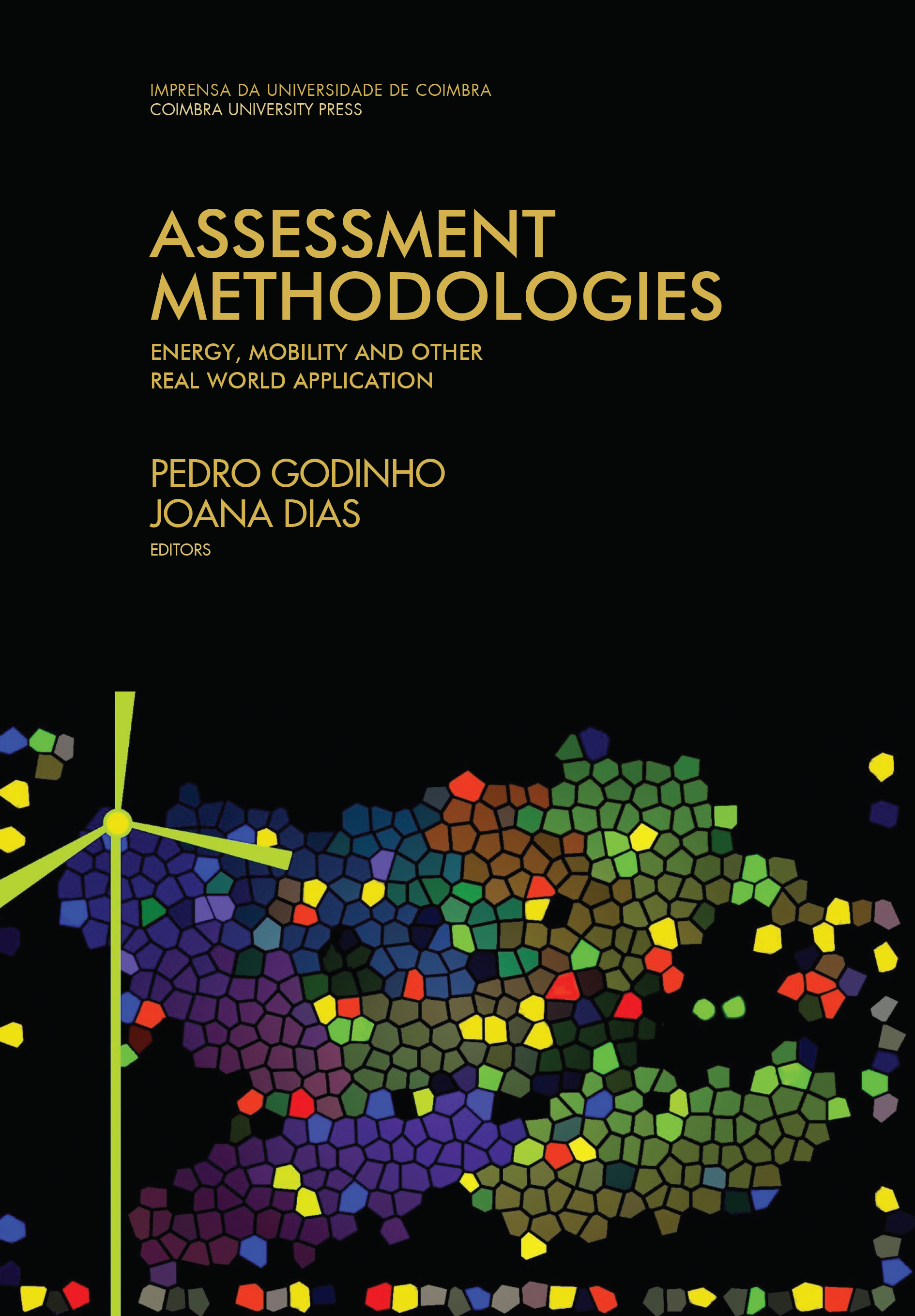Assessing the distribution and use of income and changes in income with social accounting matrices
Susana Santos
Several different areas of the socio-economic activity of countries, and in particular the distribution of income, can be studied with the use of Social Accounting Matrices (SAMs). The features underlying a SAM allow for the reading and interpretation of the socio-economic activity of countries, leading to the production of an empirical work that can highlight specific aspects of the reality under study and offers the chance to perform experiments with changes in those aspects. Thus, SAMs can also be used to support policy decision processes. With the aid of some methodological principles based on the works of R. Stone, G. Pyatt and J. Round, a SAM-based approach to the study of income distribution is carried out, seeking to provide both an empirical and a theoretical description of the socio-economic activity of a country, respectively through a numerical and an algebraic version of a SAM. The algebraic version can also be referred to as a ‘SAM-based model’. This study uses the nomenclatures of the latest version of the System of National Accounts (2008 SNA). By including production and institutions accounts in a matrix format, the structural features of a country’s production and income distribution can be worked upon together, making it possible to capture specific networks of linkages and the corresponding multiplier effects, in subsequent modelling exercises.A basic SAM is presented, with rows and columns representing accounts. The production accounts are represented by activities (or industries), products (or goods and services), and factors of production. The (domestic) institutions are represented by the current, capital and financial accounts. The rest of the world account represents the “external” part of the (domestic) economy. Bearing in mind the importance of ensuring the consistency of the whole system, possible disaggregations and extensions to that basic structure are analysed. Aggregates and balancing items that can be identified and calculated outside this matrix format are also presented. An assessment of a country’s distribution and use of income is presented, by means of the identification of some of the underlying structural features of SAMs. Macroeconomic effects of changes in income are then identified by way of an experiment with a change in the taxes on income and wealth, paid by the households to the government, using a SAM-based approach. The exposition is accompanied by an example which is applied to Portugal.
—
ISBN: 978-989-26-1038-2
eISBN: 978-989-26-1039-9
DOI: 10.14195/978-989-26-1039-9_14
Área: Ciências Sociais
Páginas: 311-342
Data: 2015
Keywords
—
Outros Capítulos (15)
Measuring technical efficiency of European Countries using data envelopment analysis
Clara Bento Vaz;Ângela Paula Ferreira
https://doi.org/10.14195/978-989-26-1039-9_1
Towards an auction system in the allocation of EU Emission Rights: its effect on firms’ stock market returns
Patrícia Pereira da Silva;Blanca Moreno;Ana Rosa Fonseca
https://doi.org/10.14195/978-989-26-1039-9_2
Explanatory variables on south-west spot electricity markets integration
Nuno Carvalho Figueiredo;Patrícia Pereira da Silva
https://doi.org/10.14195/978-989-26-1039-9_3
Energy efficiency governance in the Europe an Union Member States: analysis on current status
Guillermo Ivan Pereira;Patrícia Pereira da Silva
https://doi.org/10.14195/978-989-26-1039-9_4
Strategies for developing batteries for electric vehicles: a real options model
Joana Fialho;Pedro Godinho;João Paulo Costa
https://doi.org/10.14195/978-989-26-1039-9_5
Microsimulation for traffic calming schemes assessment: a case study
Joana F. Dourado;Ana M. C. Bastos Silva
https://doi.org/10.14195/978-989-26-1039-9_6
Reliability metrics for the evaluation of the schedule plan in public transportation
Jorge Freire de Sousa;João Mendes-Moreira;Luís Moreira-Matias;João Gama
https://doi.org/10.14195/978-989-26-1039-9_7
The impact of a crisis in a cost-benefit analysis: What has changed in the Douro Interior sub-concession economic evaluation?
Sandrina Filipe;Pedro Godinho;Joana Dias
https://doi.org/10.14195/978-989-26-1039-9_8
Preference based decisions in health
Patrícia Antunes;Pedro Lopes Ferreira;Lara Noronha Ferreira
https://doi.org/10.14195/978-989-26-1039-9_9
Assessing the effect of education on subjective well-being in Portugal: a study of mediating effects
Maria da Conceição Pereira;Daniel Martins
https://doi.org/10.14195/978-989-26-1039-9_10
Adaption of the profitability estimation focused on benefits due to personal affection
Stephan Printz;René Vossen;Sabina Jeschke
https://doi.org/10.14195/978-989-26-1039-9_11
A bi-regional (rectangular) Input-Output model for Portugal: centro and rest of the country
Pedro Ramos;Luís Cruz;Eduardo Barata;André Parreiral;João-Pedro Ferreira
https://doi.org/10.14195/978-989-26-1039-9_12
Effects of sectoral aggregation on an input-output table
Carmen Ramos
https://doi.org/10.14195/978-989-26-1039-9_13
Assessing the distribution and use of income and changes in income with social accounting matrices
Susana Santos
https://doi.org/10.14195/978-989-26-1039-9_14
Multi-criteria sustainability classification of dairy farms in a portuguese region
Sandra Silva;Luís Alçada-Almeida;Luís C. Dias
https://doi.org/10.14195/978-989-26-1039-9_15

